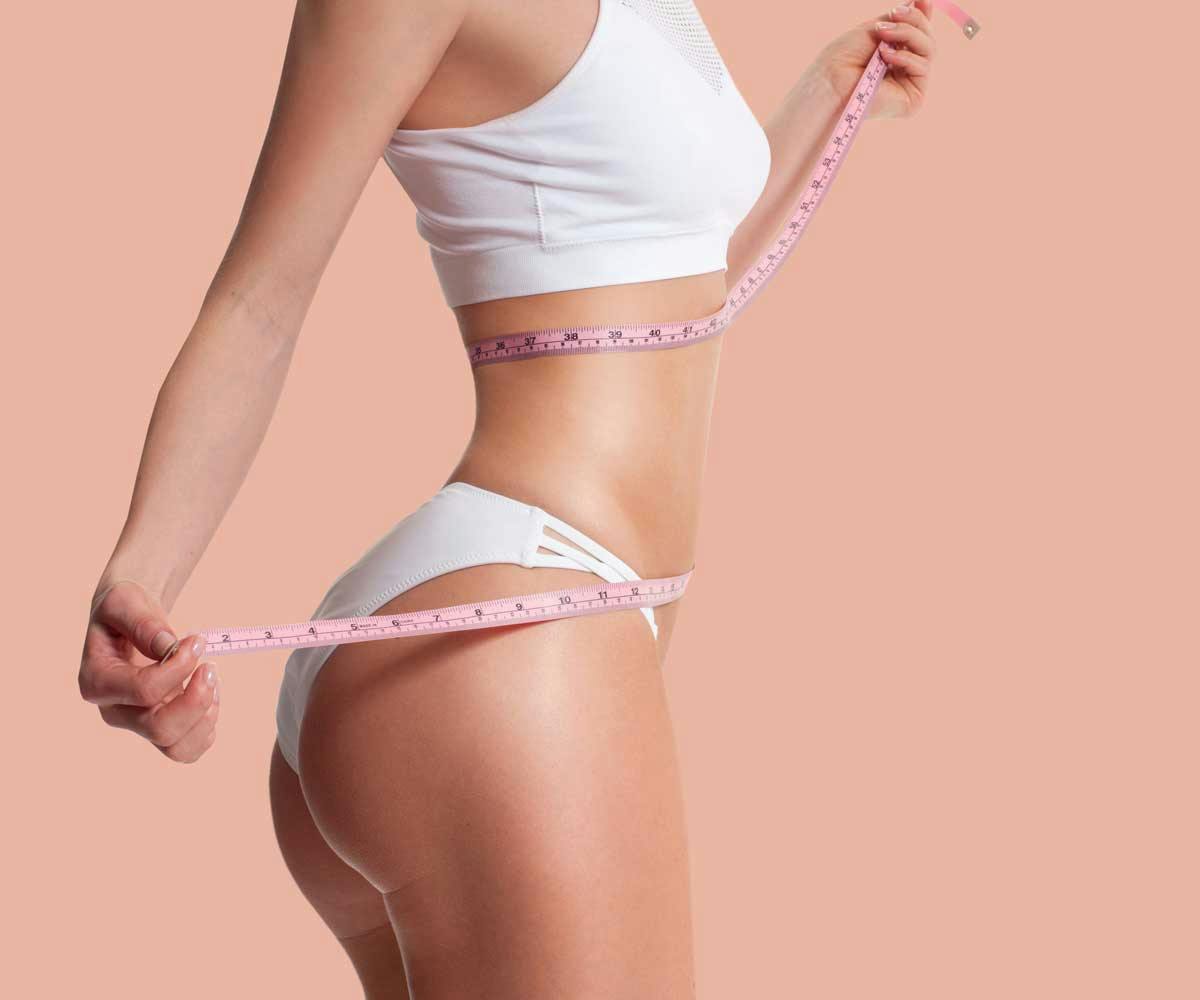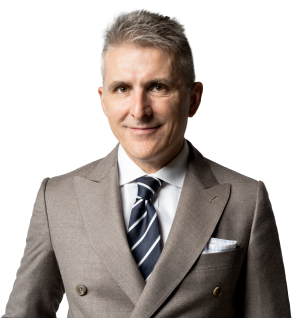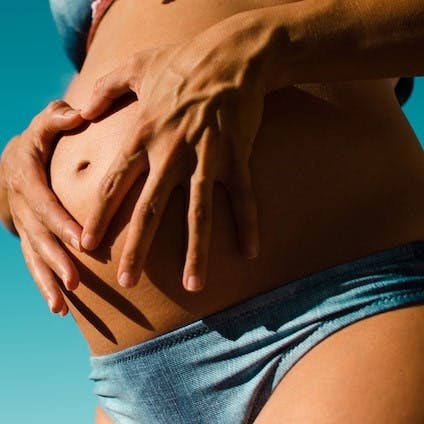Whether you like it or not, in the age of selfies, being in shape and having an appreciable silhouette seems to be an indispensable condition, almost as if it were a necessary requirement for a decent existence.
My first piece of advice, which I apply to my daily life, is and will always be to slightly reduce calorie intake, choose what you eat wisely, and, last but not least, regularly activate your muscular system by moving actively and consistently.
That being said, we are not all made the same way, both physiologically and in terms of habits and lifestyles. Some find it challenging to give up the pleasures of the table, while others, a bit lazy, take the elevator even to go up one floor. Others may maintain a reasonable weight but continue to have well-localized areas of fat deposits resistant to a proper diet and exercise.
In general, if the areas you want to address are not excessive in size and quantity of fat, and you have good or at least decent skin elasticity, liposuction (in its various forms) can change your life. It might even kick start you into a virtuous cycle in terms of lifestyle.
It's important to note that liposuction (also called liposculpture) should not be considered a treatment aimed at significant weight loss. It should not replace diets that have not been successful. Especially if your body is excessively round, it might be advisable to consult other specialists before considering liposuction, as described in the section on post-obesity aesthetic surgery.
Before the Consultation for Liposuction
Based on what I've just mentioned, the first thing I recommend is to think about and define the areas you would like to treat. There is a limit to the amount of fat and the number of body areas that can be treated in a single session.
Liposuction on the entire body is not feasible because it is ineffective and dangerous. I want your surgery to be as profitable as possible, and your recovery quick.
Liposuction: Preliminary Consultation
My goal in this preliminary phase is to align your expectations with what can realistically be achieved with liposuction.
One crucial aspect I want you to understand is that skin quality in terms of elasticity is decisive. If the skin lacks sufficient elasticity, I might advise against the procedure to avoid the formation of unaesthetic areas of excess skin.
These are the aspects I will discuss with you during the consultation—what we can realistically achieve. Support from photos of cases before and after liposuction that I have operated on will further help you understand what we are aiming for.
Before Liposuction Surgery
In this phase, I will guide you in preparing for the surgery, ensuring that blood tests and an electrocardiogram are performed. An ultrasound of the abdominal wall may sometimes be necessary.
The day and time are now fixed. These are the days when you will be eagerly awaiting… eager to realize your dream.
Liposuction Surgery
Here we are. The first thing to do after signing the consent and taking preoperative photos is to mark the areas I will be working on. Then, we will be ready.
By now, you know well that liposuction is usually performed under general anesthesia or local anesthesia with sedation. The most commonly treated areas are the abdomen, hips, inner and outer thighs, the inner knee area, and the area under the chin.
To perform liposuction, small incisions of 3-4 mm are made in various areas depending on the extent of the areas to be treated. Through these incisions, cannulas are inserted to aspirate the excess adipose tissue.
The surgery can last from 30 minutes to over 2 hours. At the end of the procedure, you will wear compressive elastic garments to reduce postoperative swelling. You will wear them for 4 weeks.
Discharge can occur on the same day or after a night of hospitalization.
Postoperative Period of Liposuction
Your postoperative course and functional recovery after liposuction depend a lot on the extent of the areas treated.
Even in more complex cases, however, you will return to your lighter daily activities within 3-6 days. You will gradually resume sports activities after 2 weeks and more intensely after 4 weeks.
The resolution of postoperative swelling will make the final result fully visible after an average of 3-6 months. To reduce this swelling more evenly and quickly, I will recommend lymphatic drainage sessions in the 6-8 weeks post-surgery.
Postoperative check-ups will be at 1-4 weeks; 3-6 months. More frequent if necessary.






